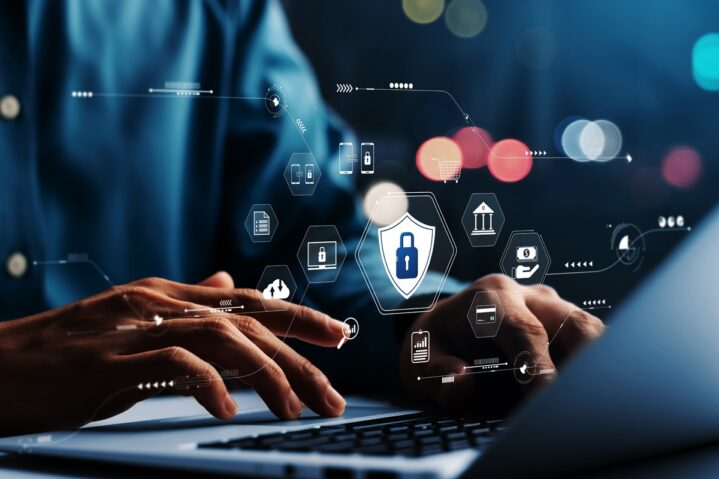The internet is woven into almost every part of our daily routines. We bank online. We store personal photos in the cloud. We check in with doctors through video calls. We do our taxes from a laptop on the couch.
And yet, many people still don’t know how to protect themselves in this digital world. Cybersecurity isn’t something reserved for IT pros or hackers in hoodies. It’s something everyone should practice, like brushing their teeth or locking their front door.
So let’s talk about the specific, practical habits that actually keep your online life safe.
Use Strong, Unique Passwords for Every Account
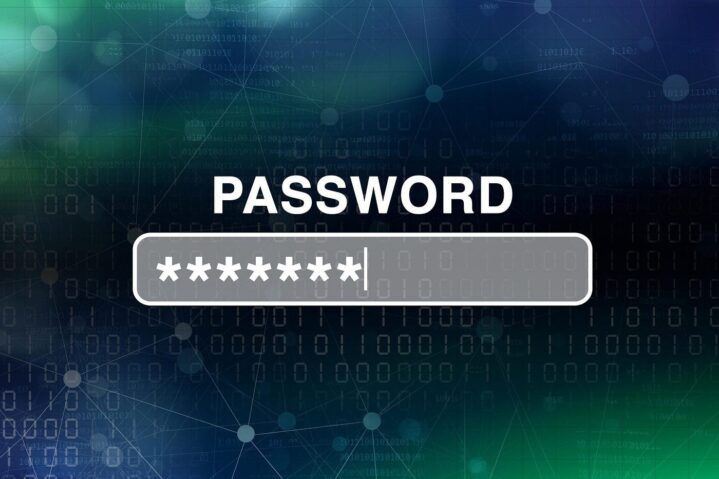
It sounds basic, maybe even boring, but weak passwords are still the number one way people get hacked.
Using “123456,” your pet’s name, or your birthday won’t hold up when someone is running automated tools to crack into your account.
Example: Registering for GTCC? Make sure your password is long, random, and unlike anything else you use online.
Here’s what works better:
- Use at least 12 characters with a mix of letters, numbers, and symbols.
- Avoid dictionary words, common phrases, or anything someone could guess after glancing at your Instagram.
- Never reuse passwords across accounts, especially for email, banking, or social media.
A password manager makes this easier. Apps like Bitwarden, 1Password, and Dashlane generate strong passwords for you and store them securely. You just remember one master password—and that’s it.
Pro tip: If your email gets compromised, every account connected to it is at risk. Give your email password extra attention.
Turn On Two-Factor Authentication (2FA)
Passwords can be stolen, but 2FA makes it a lot harder for someone to break into your account even if they have the password.
What is 2FA?
It’s an extra layer of security where you confirm your identity using a second method:
- A code sent to your phone
- An app like Google Authenticator or Authy
- A physical security key like YubiKey
Where should you enable it?
Start with your most sensitive accounts:
- Bank accounts
- Cloud storage (Google Drive, iCloud)
- Social media
Then work your way down to any platform that supports it. Most major services now offer 2FA, and it’s usually in the security settings.
Keep Your Software Up to Date
Every time you skip an update, you leave a crack in the wall. Hackers actively scan for unpatched devices and apps. The longer you wait to update, the easier it is for them to get in.
That includes:
- Your operating system (Windows, macOS, iOS, Android)
- Your web browsers
- Plugins like Adobe Reader or Java
- Any apps you use regularly
Enable auto-updates when possible. It’s one less thing to remember, and it usually happens in the background.
Be Skeptical of Unexpected Emails, Links, and Attachments
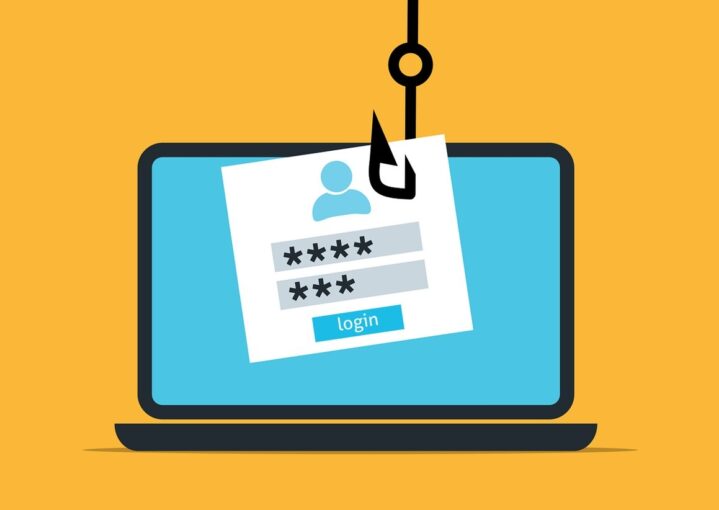
Phishing scams have come a long way since the old “Nigerian prince” emails. Now they can look like a legit message from your boss, your bank, or your favorite streaming service.
One click on a fake link, and suddenly you’re handing over your login info or downloading malware.
How to spot red flags:
- Emails with urgent, panicked language asking you to act fast
- Typos in URLs or sender addresses
- Attachments you weren’t expecting
- Messages that sound “off” from someone you know
Don’t click anything if you’re even slightly unsure. Go directly to the company’s website or message the person on a different platform to confirm.
Bonus move: Hover over links before clicking. On desktop, you can usually see the real destination in the bottom-left corner of your browser.
Use a VPN on Public Wi-Fi
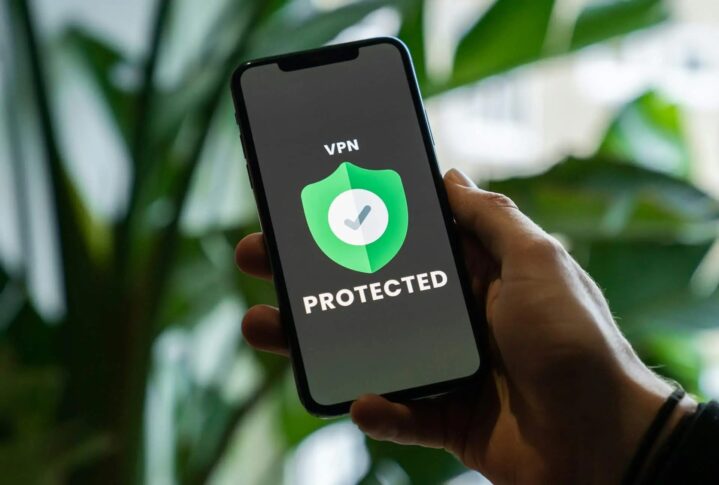
Coffee shop Wi-Fi is convenient, but it’s not safe. Without encryption, it’s easy for someone on the same network to intercept what you’re doing. That could mean they’re snooping on emails, stealing login credentials, or injecting malware.
A Virtual Private Network (VPN) encrypts your connection and routes it through a secure server. So even if someone’s watching the Wi-Fi traffic, they can’t read it.
Popular VPN services include:
| VPN Service | Good For | Notes |
| ExpressVPN | Speed and reliability | Works on all devices, well-reviewed |
| ProtonVPN | Privacy and transparency | Offers a free tier with no ads |
| NordVPN | Extra features (split tunneling, double encryption) | Known for strong security focus |
You don’t need to run a VPN 24/7, but definitely turn it on when you’re connected to hotel Wi-Fi, airports, or any public hotspot.
Lock Down Your Phone and Laptop
Losing a device is bad. Losing one that’s unlocked or poorly protected is much worse.
Start with this checklist:
- Set a strong passcode (not 1234 or your birth year)
- Enable biometric unlock (face or fingerprint)
- Turn on full-disk encryption (FileVault on Mac, BitLocker on Windows)
- Use “Find My” features to remotely wipe the device if it’s stolen
Also, don’t leave devices unattended in cars, cafes, or airport charging stations. Physical access makes it much easier to steal data.
Don’t Overshare on Social Media
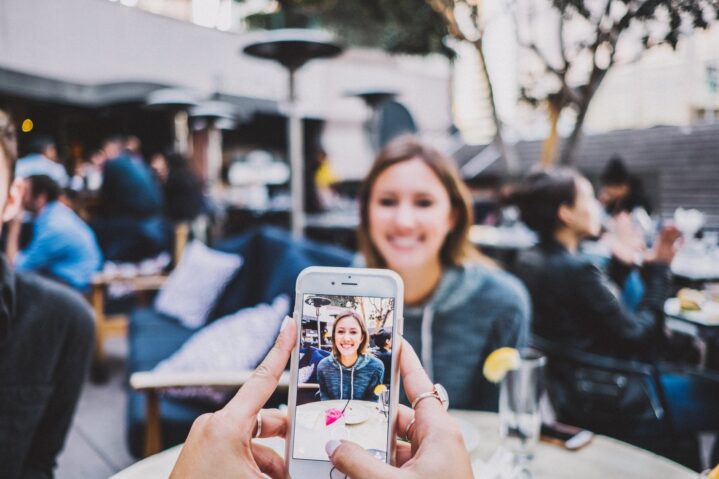
Hackers don’t just rely on software; they use what you post to figure things out. Your dog’s name? That might be your password. Your birthday? Great for bypassing identity checks. That Instagram story showing your vacation? A cue that your home might be empty.
Tips for safer posting:
- Don’t share your location in real time
- Skip the birthdate, hometown, and “first pet” trivia quizzes
- Keep your profiles private if possible
The goal isn’t to stop sharing altogether. Just be smart about what you’re putting out there—and who might be watching.
Use Antivirus and Anti-Malware Software
Even with good habits, threats can slip through. Antivirus software is like an extra set of eyes watching your system. It can catch viruses, spyware, and ransomware before they cause major damage.
Look for security suites that offer:
- Real-time protection
- Automatic scans and updates
- Ransomware shielding
- Email scanning
Recommended options:
- Malwarebytes (great for anti-malware)
- Bitdefender (strong all-around protection)
- Windows Defender (built-in and pretty decent)
Run regular scans and keep your definitions updated. Even once a week is better than nothing.
Back Up Your Data Regularly
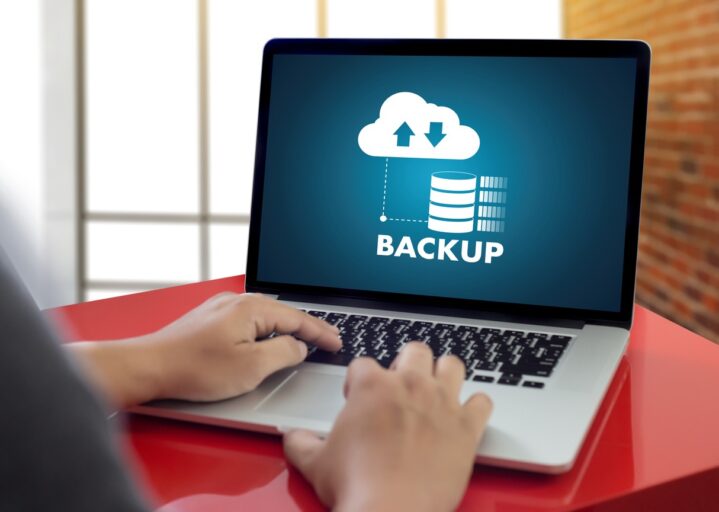
Ransomware can encrypt your files and demand payment to unlock them. A fire, flood, or theft could wipe out your laptop in seconds. That’s why backups matter.
Simple backup setup:
- Use an external hard drive for local backups (once a week or daily)
- Use cloud services like Backblaze, iDrive, or Google One for remote backup
Follow the 3-2-1 rule:
- Keep 3 copies of your data
- Store them on 2 different types of media
- Make sure 1 is off-site
It’s boring. Until the day you really need it.
Monitor Your Accounts for Strange Activity
Cyberattacks don’t always start with a bang. Sometimes it’s just a weird log-in from another city. A sudden password reset email. A text about a charge you didn’t make.
What to do:
- Check your email and banking account login histories regularly
- Set up alerts for new logins, transactions, or password changes
- Use free tools like HaveIBeenPwned.com to see if your email was in a data breach
If something looks off, act fast. Change your password, log out of other sessions, and notify the platform’s support team.
Keep a Minimal Digital Footprint
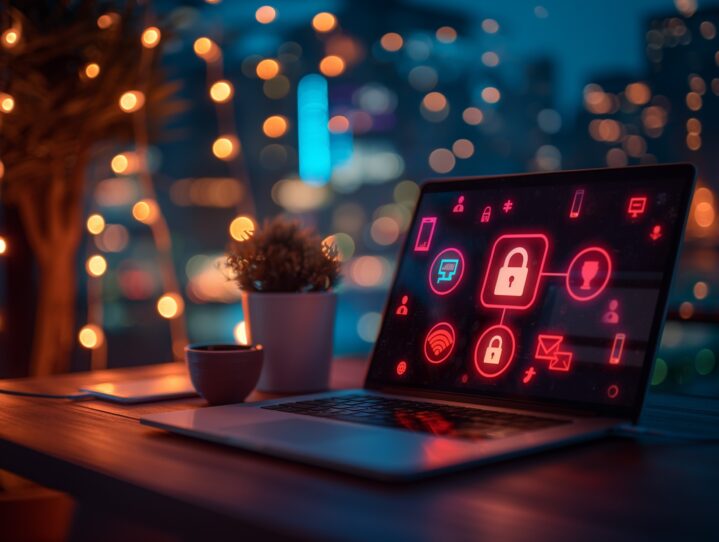
The fewer accounts you have, the fewer entry points a hacker can exploit.
Go through your inbox and search for words like “welcome” or “your account.” You’ll probably find sites you signed up for years ago and never used again. Close those down.
Good practice:
- Delete accounts you no longer need
- Don’t link accounts together unnecessarily (like Facebook logins for everything)
- Revoke app permissions every few months
Less clutter. Less exposure. Less risk.
Talk About It
Cybersecurity isn’t a one-person job. If your partner or friend’s email gets hacked, it can affect you too. So don’t keep what you’ve learned to yourself.
Talk to your kids about password safety. Help your parents install 2FA on their bank account. Share tips in your group chat when you spot a scam.
The more people who know what to watch for, the harder it is for bad actors to succeed.
Final Thoughts
Staying safe online isn’t about perfection. It’s about habits. Little things, done consistently, add up to real protection. You don’t have to turn into a cybersecurity expert or buy a bunch of gear. Just start where you are.
Update your passwords. Enable two-factor. Think twice before clicking. That’s enough to put you way ahead of the average internet user—and out of reach of most common threats.
Small changes. Big difference. And if you’re ever in doubt, err on the side of caution. The worst-case scenario isn’t being too careful. It’s losing your data, your money, or your peace of mind.
